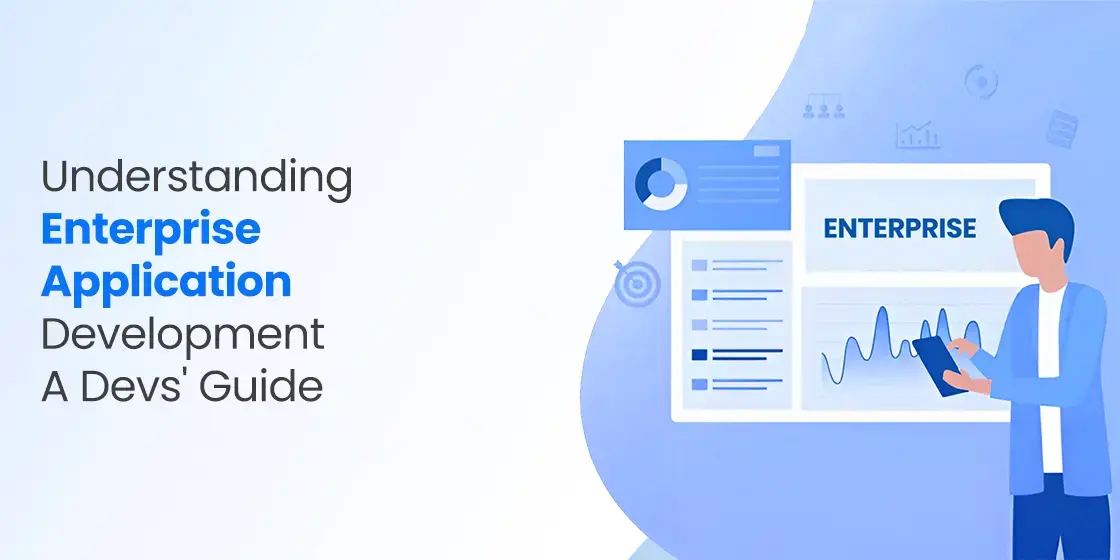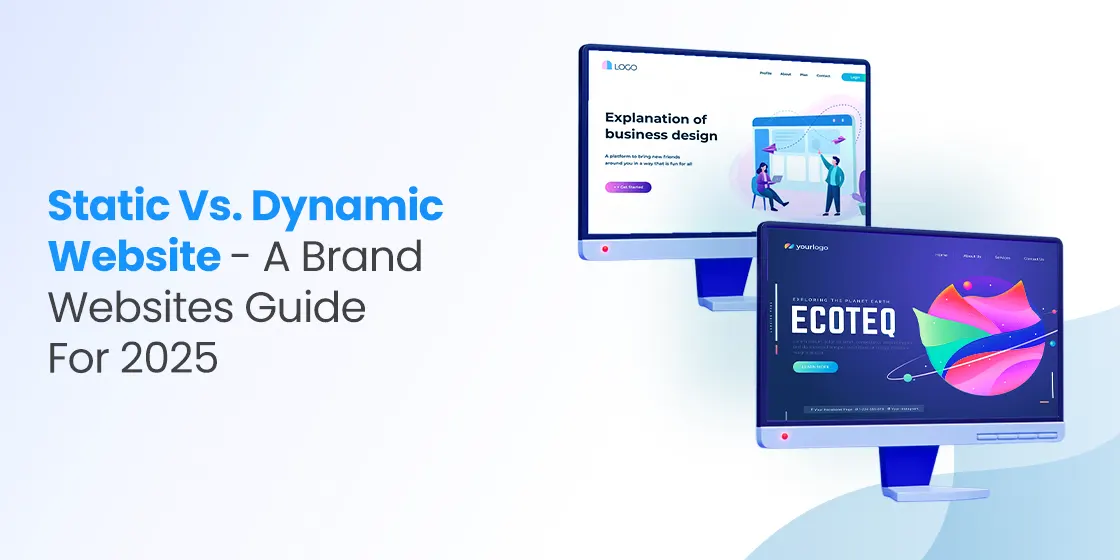Table of Content
Discover the Ins and Outs of Enterprise App Development for Business Success
Today, the world of software development consists of a vast spectrum, ranging from simple mobile app development to complex enterprise systems that power entire organizations. In terms of complexity, enterprise application development lies at the top, focusing on creating robust, scalable, and secure solutions designed to address the needs of large businesses and institutions.
These applications are tailored to specific organizational workflows, data management requirements, and security protocols. And for developers just entering this domain, a deep understanding of the unique challenges and considerations of this development niche is critical for success.
In this comprehensive guide, we will provide developers with a thorough understanding of enterprise app development, including its key characteristics, challenges, and more. We will also explore several common types of enterprise applications common in today’s business landscape, from the perspective of professional enterprise software development services.
Let’s begin.
What is Enterprise Application Development? A Comprehensive Overview

Enterprise application development is the process of developing software solutions specifically designed to meet the complex and often large-scale needs of a specific organization. These applications are typically known for their ability to handle vast amounts of data, support numerous users, integrate with existing legacy systems, and adhere to strict security and compliance requirements.
Unlike consumer applications that often focus on UX and entertainment above anything else, enterprise apps streamline business processes, improve efficiency, and ultimately drive organizational goals. The scope of enterprise application development can be incredibly broad, covering a wide range of functionalities for different aspects of a business.
This can include CRM systems, ERP systems, HRMS systems, supply chain management systems, assets management, financial transactions management, business intelligence, analytics, and much more. These applications are often mission-critical, meaning their failure or malfunction can have significant and detrimental impacts on the organization’s operations and bottom line. Therefore, reliability, stability, and maintainability are paramount considerations in their development.
Common Types of Enterprise Applications That You Can Build Today
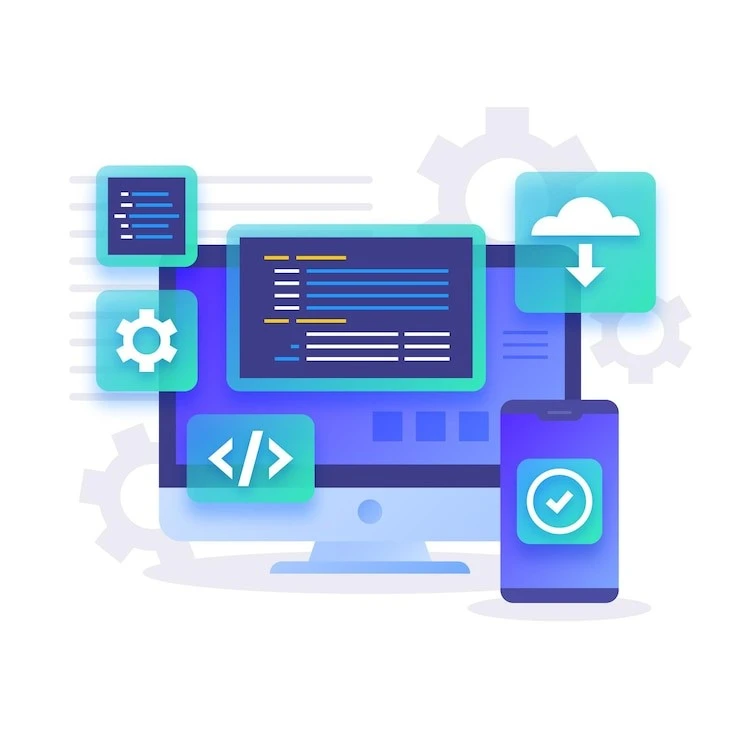
The landscape of enterprise application development is diverse, with various types of software solutions addressing specific organizational needs. Developers looking to build enterprise applications can focus on several common and in-demand categories.
Asset Management Applications
Asset management applications are designed to help organizations track, monitor, and manage their physical and intangible assets throughout their lifecycle. These assets can range from machinery and equipment to software licenses and intellectual property.
A robust asset management system provides a centralized platform for maintaining detailed records of each asset, including its acquisition date, location, maintenance history, depreciation schedule, and current status. This enables businesses to gain better visibility into their asset portfolio, optimize asset utilization, reduce operational costs, and ensure compliance with regulatory requirements.
HRMS Applications
Human Resource Management System (HRMS) applications are comprehensive software solutions designed to manage and automate various HR-related functions within an organization. When we talk about what is HRMS, they cover a wide range of modules.
This includes employee data management, payroll, benefits administration, talent acquisition, performance management, learning and development, time and attendance tracking, and leave management. A well-designed HRMS streamlines HR processes, reduces administrative overhead, improves data accuracy, and empowers employees through self-service portals.
CRM Applications
Customer Relationship Management (CRM) applications are essential tools for businesses to manage and analyze customer interactions and data throughout the customer lifecycle, with the goal of improving customer service relationships and assisting in customer retention and driving sales growth.
A robust CRM system provides a centralized view of all customer interactions, including sales activities, marketing campaigns, customer service inquiries, and social media engagement. This enables businesses to gain a deeper understanding of their customers, personalize their interactions, and build stronger, more profitable relationships.
ERP Applications
Enterprise Resource Planning (ERP) applications are integrated software suites that manage and automate core business processes across various functional areas, such as finance, human resources, manufacturing, supply chain, services, procurement, and others.
An ERP system provides a centralized platform for managing data and workflows, enabling better visibility, efficiency, and decision-making across the entire organization. By integrating traditionally siloed functions, ERP systems help businesses streamline operations, reduce redundancies, improve collaboration, and gain a holistic view of their performance.
Supply Chain Management Applications
Supply Chain Management (SCM) applications are focused on planning, executing, and controlling the flow of goods, services, and related information from the point of origin to the point of consumption.
These applications help businesses optimize their supply chain processes, reduce costs, improve efficiency, and enhance responsiveness to customer demand. SCM systems typically include modules for demand planning, procurement, inventory management, logistics, warehousing, and supplier relationship management.
Differences Between Regular and Enterprise Application Development
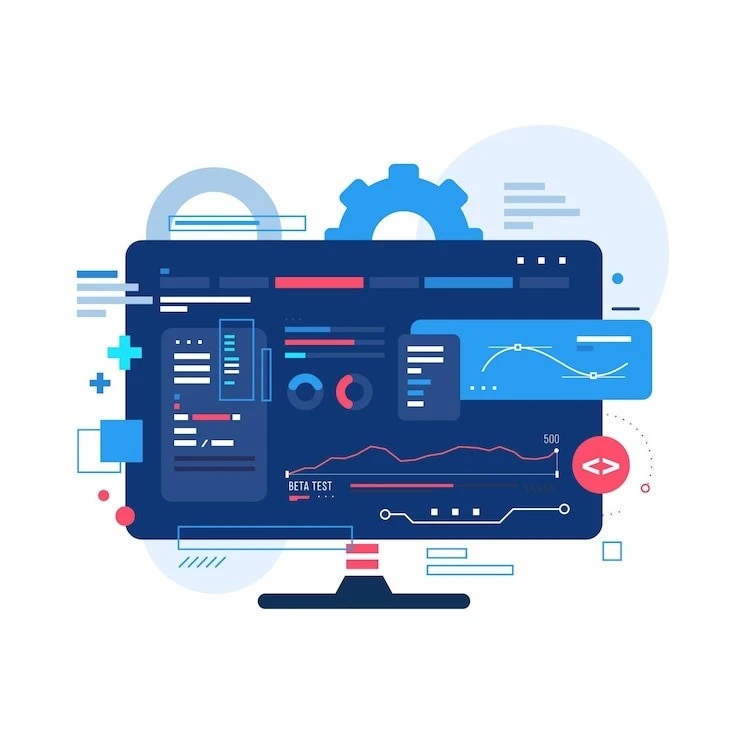
While both regular and enterprise application development involve creating software solutions, they differ significantly in their scope, complexity, target audience, and critical requirements. Understanding these distinctions is crucial for developers transitioning between these domains.
- Scope and Complexity: Regular application development typically deals with a narrower set of functionalities and a smaller user base. Enterprise application development, on the other hand, involves building large-scale, complex systems that integrate numerous functionalities and support a large number of users across different departments.
- Target Audience: Regular applications are usually designed for a broad consumer market or a specific group of individual users, with a strong emphasis on user experience and intuitive interfaces. Enterprise applications are tailored to the specific needs and workflows of an organization and its employees.
- Critical Requirements: While performance and reliability are important for all software, enterprise applications have particularly stringent requirements in areas such as security, scalability, and integration. Moreover, enterprise applications often require robust reporting and analytics capabilities to provide insights into business performance.
Top Challenges Faced When Opting for Enterprise Application Development

Undertaking enterprise application development projects presents a unique set of challenges that developers and organizations must be prepared to address. These challenges can impact the timeline, budget, and ultimate success of the project.
Legacy Systems
Large organizations often have a complex set of older applications that are critical to their operations but may be outdated, poorly documented, and difficult to integrate with modern technologies. These legacy systems can present significant technical challenges, requiring specialized knowledge and often custom-built interfaces to ensure seamless data exchange and interoperability, especially in niches such as EHR software development.
Lack of Collaboration Between Business and Tech Units
Business units often have a deep understanding of their specific needs and workflows but may struggle to explain these requirements in technical terms. Similarly, development teams often lack understanding of the underlying business processes and priorities. This disconnect can lead to misinterpretations of requirements, leading to a final product that fails to deliver the expected value.
Shortage of Quality Application Developers
The shortage of skilled and experienced application developers, particularly those with expertise in enterprise-level technologies and architectures, is a persistent challenge in the industry. Enterprise application development often requires a specific skillset that includes knowledge of complex frameworks, integration patterns, security protocols, and scalability considerations. Finding developers with the right combination of technical and business acumen can be difficult and competitive.
Lack of Agility Within Organizational Processes
Traditional organizational structures and processes often lack the agility required for successful enterprise application development. This type of development often benefits from agile methodologies that emphasize iterative development, continuous feedback, and close collaboration. However, implementing agile practices within large, established organizations can face resistance due to deeply ingrained processes and a lack of familiarity with agile principles.
What Elements Should You Focus On When Developing an Enterprise Application?
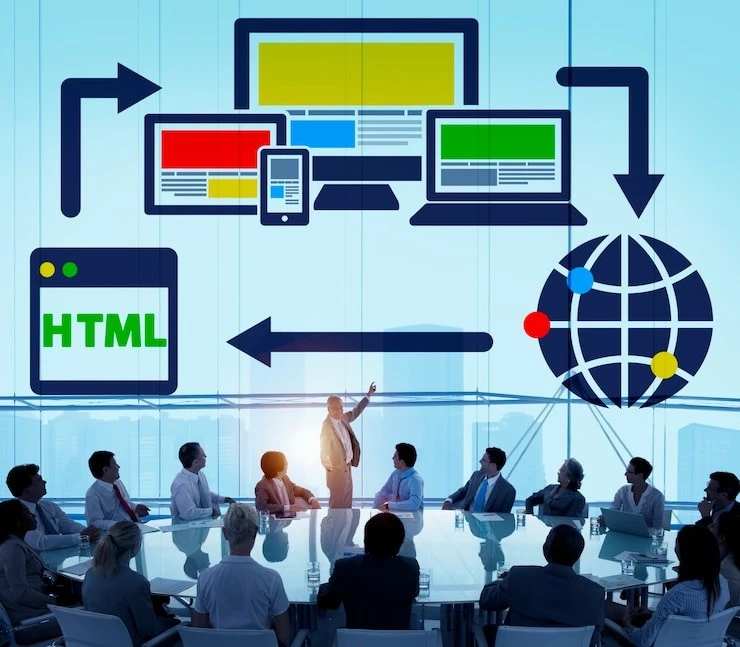
When embarking on enterprise application development, developers must prioritize several key elements to ensure the resulting software is robust, reliable, and meets the complex needs of the organization.
Security
Security is a major concern in enterprise application development. These applications often handle sensitive and confidential data, making them prime targets for cyberattacks. Developers must implement robust security measures at every stage of the development lifecycle, from secure coding practices and vulnerability testing to data encryption and access control mechanisms.
Scalability
Scalability is another critical element for enterprise applications, as they need to handle increasing data volumes, user loads, and transaction volumes without performance degradation. The application architecture should be designed to accommodate future growth and changing business needs, allowing for seamless horizontal or vertical scaling as needed. This may involve utilizing cloud-based infrastructure, implementing load-balancing techniques, optimizing database performance, and adopting microservices architectures.
Integration
Integration with existing enterprise systems is often a fundamental requirement. New enterprise applications rarely exist in isolation and typically need to interact with a variety of other software, databases, and services. Developers must focus on building applications that can seamlessly integrate with these existing systems through APIs, middleware, or other integration technologies.
Reporting and Analytics
Robust reportingandanalytics capabilities are essential for providing valuable insights into business performance, answering the question as to why do businesses need ERP software. Enterprise applications should be able to generate comprehensive reports and dashboards that allow stakeholders to monitor key metrics, identify trends, and make data-driven decisions.
Cloud Capability
Increasingly, cloudcapability is a key consideration for enterprise application development. Cloud platforms offer numerous benefits, including scalability, cost-effectiveness, reliability, and accessibility. Developing cloud-native applications or migrating existing applications to the cloud can provide significant advantages for enterprises.
FAQs
| What are the 4 major types of enterprise software? The four most common types of enterprise software we find today include: ERP system CRM system SCM system HRM system |
| Does enterprise app development cover knowledge management systems? As enterprise application development is all about helping a large organization solve its specific business needs, knowledge management systems are a type of enterprise software too. They help an organization consolidate their knowledge bank into an easily accessible wealth of information. |
| Is SAP an enterprise application? SAP S/4HANA is an enterprise resource planning solution, therefore it is an enterprise application. |
Conclusion
Enterprise application development presents a unique and often complex set of challenges and considerations for software developers. Building software solutions that can power large organizations requires a deep understanding of not only technical skills but also business processes, security protocols, scalability requirements, and integration strategies. By focusing on key elements described above, developers can create robust and valuable enterprise applications that meet the business needs of their clients. Ultimately, successful enterprise application development is about building reliable, scalable, and secure solutions that drive efficiency, improve decision-making, and support the long-term growth and success of the enterprise.

Empower your digital journey with StruqtIO - Your dedicated partner for cutting-edge custom software development, innovation, and digital transformative solutions. Harness the power of technology to elevate your business and redefine your digital landscape today.
